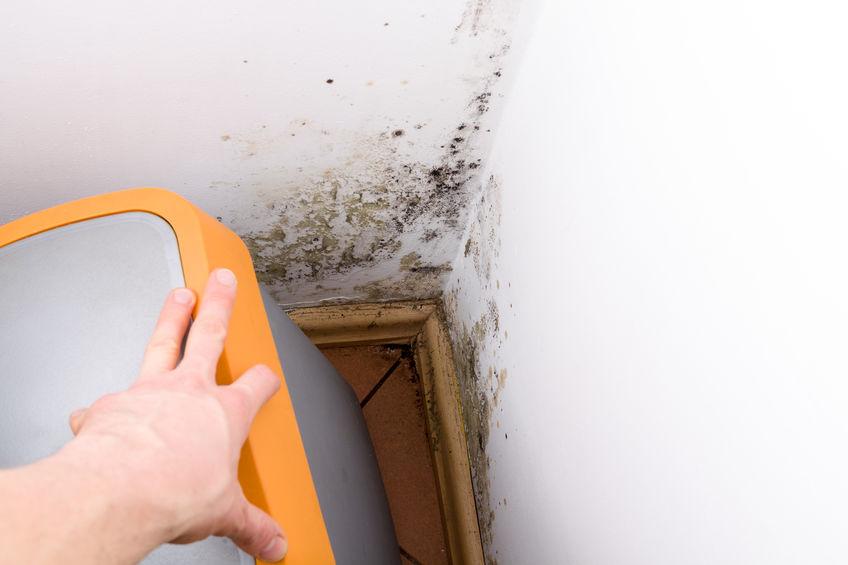If you notice any signs of leakage at your home, the first step is to confirm you have an active leakage. Begin by making sure no water is being utilized inside the house, i.e., showers, sinks, dishwashers, washing equipment, or outdoors, i.e., water fountains, hoses, etc.
As soon as you have ensured that no water is utilized anymore, make your leak detection on the water meter. Normally, a silver wheel or triangular dial, the leakage indicator rotates when there is water streaming with the meter. If no water is being used, as well as the indicator is rotating, you likely have a pipe leakage.
Finding the source of water leakages
You first require to isolate whether the leakage is outside or inside. This is quickly done by turning off the primary water shutoff valve, as well as examining the water meter leakage sign once more. If the sign has stopped moving, the leakage is inside your home, if it maintains relocating, the leakage is between the meter as well as your home.
What is specialist leakage detection?
Even utilizing the techniques over, you might not be able to determine the specific area of a leak inside your house. Leakages can be deceiving: the area where water damage is may not be where the leakage is stemming from. As a matter of fact, it’s not unprecedented for an upstairs leak to trickle down to a downstairs wall surface.
In such a circumstance, you have two choices:
- Make a few less-than-educated assumptions about the location of leakage, and begin messing up your drywall while finding it.
- Bringing in plumbing contractors for specialist leak discovery.
Here’s what a specialist has that you most likely do not: acoustic detection equipment. This is the bread-and-butter of discovering surprise leakages. Here’s how it functions:
When the water in a pipeline passes a fissure or crack and leaks out, it creates resonance as well as sound. This is slight: even listening to it will be hardest, you’ll never hear it. It sounds at a low frequency for human ears to hear. However, it is there, and thanks to digital devices, it can be spotted. Acoustic leak detection traces the source of the sound back to its factor of the beginning, providing the plumber to identify the area for the covert leakage, whether it’s behind a wall, in a ceiling, or under the structure.
Obviously, the plumbing has ways of confirming this place. Along with leak detection, they have endoscopic snake devices that we can press into pipelines to visibly see the leakage or opening in the pipeline. This is most helpful once the plumbing professional has a general ballpark concept of where the leak is.


Comments are closed.